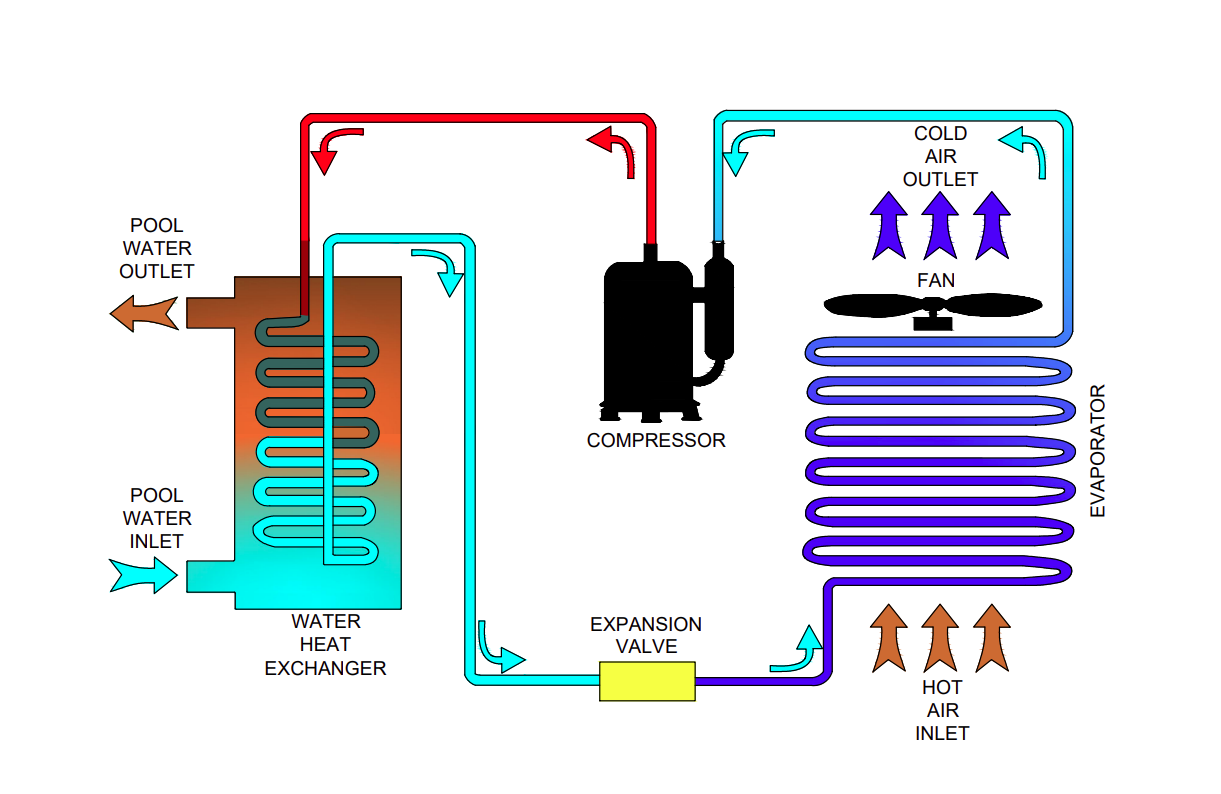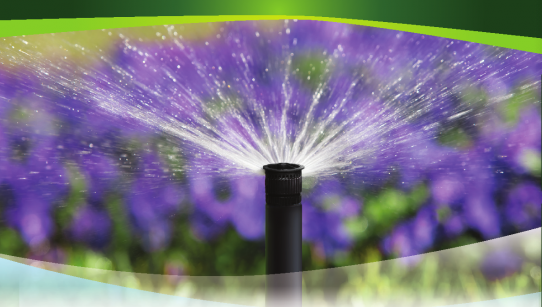Everything you need to know about working of a heat pump
How does a heat pump operate? Why should you use a heat pump to heat your pool when there are so many different types of pool heaters availa
If the water in your swimming pool is too cold, then the chances are you might not swim in it. Selecting a reliable pool heating system is your best bet if you want to use your pool more often than just on sunny days. The different types of pool heaters on the market are often compared to each other based on their energy efficiency. Heat pumps are your best option for this purpose as they are incredibly energy-efficient appliances and use very less energy.
What is a heat pump and why use one?
Heat pumps are devices that transfer thermal energy from one region to another using electricity. A heat pump absorbs heat from its surroundings to heat the water instead of producing heat directly. This process involves "pumping" heat from one location to another.
Why should you consider using a swimming pool heat pump to heat your pool when there are so many different types of pool heaters available? Well, heat pumps are incredibly energy-efficient appliances that efficiently extract heat from their surroundings while transferring heat with minimal energy. Compared to a traditional water heater, this makes it possible to heat water more quickly and effectively. You can also significantly reduce your electricity expenses by reducing your electricity consumption. Out of all the other options to heat your pool, only solar technology is cheaper to operate than heat pumps, but solar does not work well on cloudy days your heat pump will.
How does a heat pump heat your pool water?
The easiest way to describe how a pool heat pump
operates is that it draws warm air in from the area surrounding it and heats
the water before recirculating it back into the pool. Energy usage is kept to a
minimum as there is no actual heat generation. If you still need more
information, keep reading for a more thorough description of how a heat pump
pool heater operates.
Heat pumps use a fan to pull heat from the air outside
that has been warmed by the sun. Even when you might feel that it is cold
outside, there is heat in the air. This warm air pulled in by the fan is then
passed through an evaporator coil. The liquid refrigerant in the evaporator
coil absorbs heat from the ambient air and gets transformed into gaseous refrigerant.
R134a and R410a were the most commonly used refrigerants. But now it has been
replaced by R-32
due to its minimal negative impact on the environment. The warm gas from the
evaporator coil is then passed through the compressor. The compressor increases
the heat of the gaseous refrigerant by compressing it, which then passes
through the condenser. The pool pump
circulates the pool water that has been extracted from the pool before it is
passed through a filter and heated by the heat pump. Heat is transferred from
the hot refrigerant gas to the water as they are both circulated through the
heat exchanger at the same time. The hot gas passes through the condenser coil,
where it gets converted back to liquid refrigerant. After that, the warm liquid
is passed through a valve. It expands quickly and turns into a very cold liquid
as the pressure decreases before returning to the evaporator where the entire
process starts over again.
Heat pump pool heaters function effectively when the outside temperature is above the 5–10°C range. The heat pump uses more energy when the outside air gets colder. This is typically not a problem, though, as the majority of people use outdoor swimming pools during the hotter season.

Fig: Working of a heat pump
Sizing of a heat pump
With all the pool heat pumps out there, how do you know which one to buy? What size should your heat pump be? Is bigger better? In this section, we discuss how to find the right size for your pool.
The heat load required to increase the pool temperature is calculated using the equation below:
h (heat-up) = (C x VX (T2 - T1)) / H
h (heat-up) = Heat load required to increase your pool’s temperature
C = specific heat of water = 4.186
V = Pool volume
T2 = Set temperature
T1 = Start temperature
H = Heat-up time
The heat load required to change the surface heat loss due to the temperature difference between the surface of the pool and the ambient air can thus be expressed as,
h (surface) = Ks dT (aw) A
h (surface) = Heat loss from the surface of the pool - mainly due to evaporation
Ks = surface heat loss factor - average wind speed 5 km/h to 10 km/h
dT (aw) = temperature difference between pool air and surface water
A = pool surface area
The total heat required to increase and maintain the temperature in a pool can be calculated by:
h (total) = h (surface) + h (heat-up)
The size of your pool determines the capacity of your pool heat pump. If your pool is big, you can add two, three, or even four pool heat pumps to make sure you have enough heating. These heat pumps can either be connected in series or parallel. The best option can be suggested by a professional.
Determining the efficiency of a heat pump
We can see that no energy is lost during the working of pool heat pumps. Due to this, pool heat pumps have very high Coefficient of Performance (COP). The coefficient of performance (COP) is used to measure the energy efficiency of heat pumps. The efficiency increases with the increase in COP. COPs usually lie in the range of 3.0 to 7.0. This means that you receive 3–7 units of heat from the heat pump for every unit of electricity needed to run the compressor.
As more cutting-edge heat pump technologies are developed to offer better energy efficiency and provide additional heating capacity to colder, northern climes, the demand for heat pumps is rising globally.






.jpg)




No comments yet